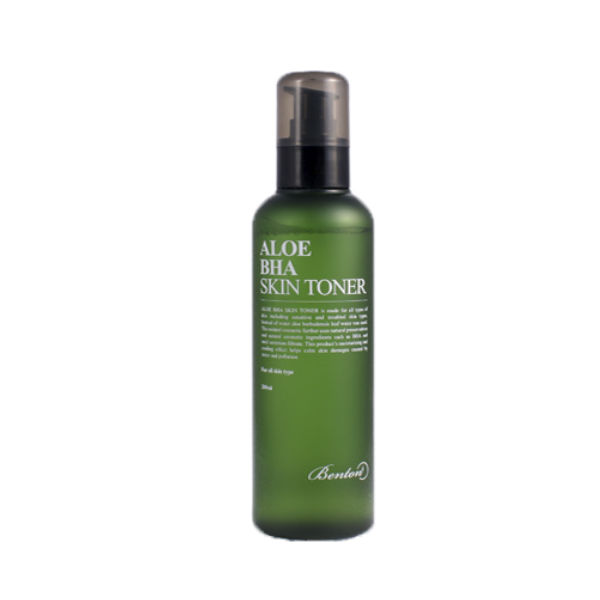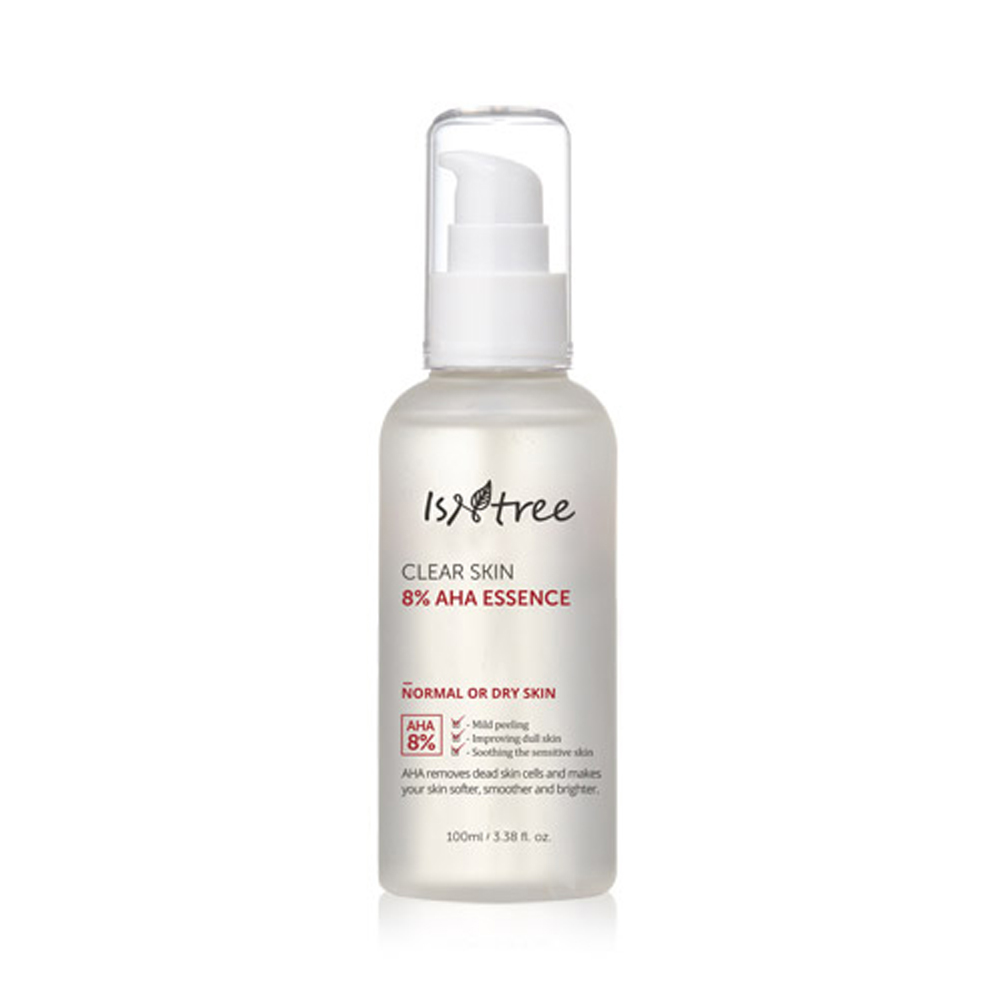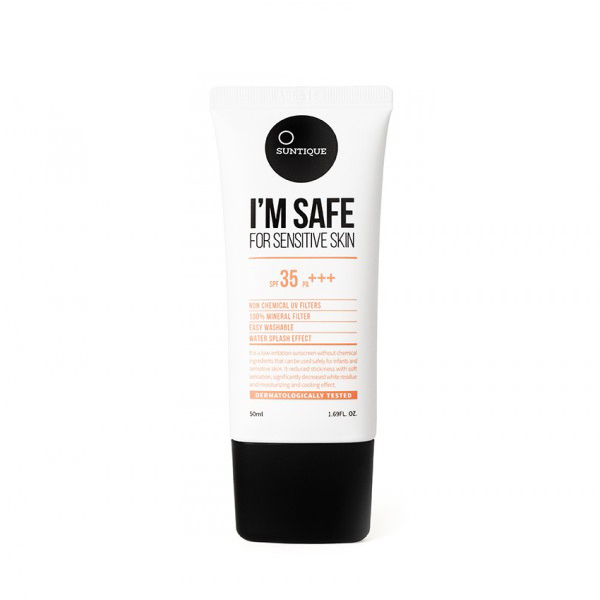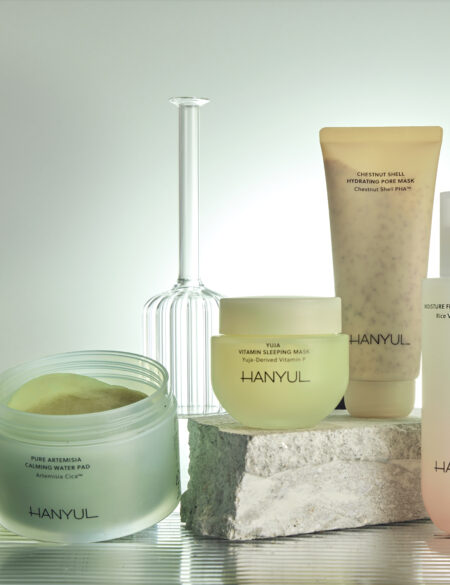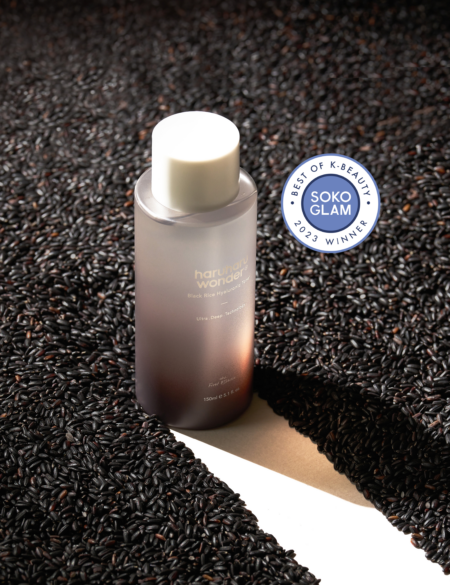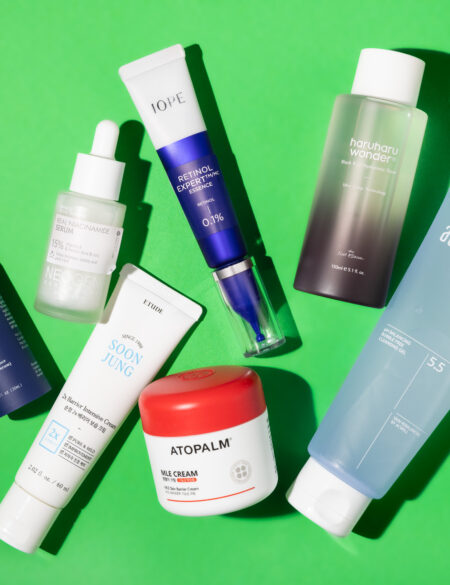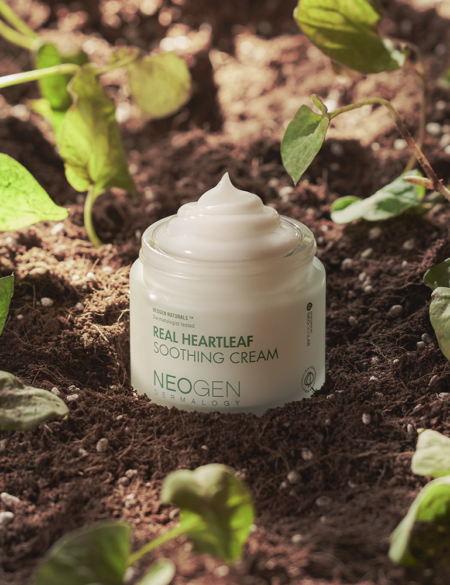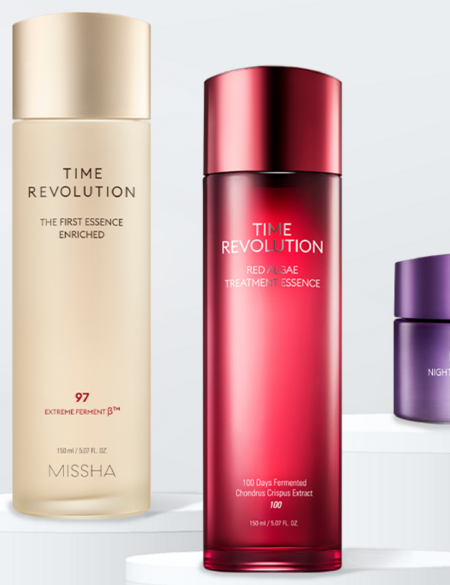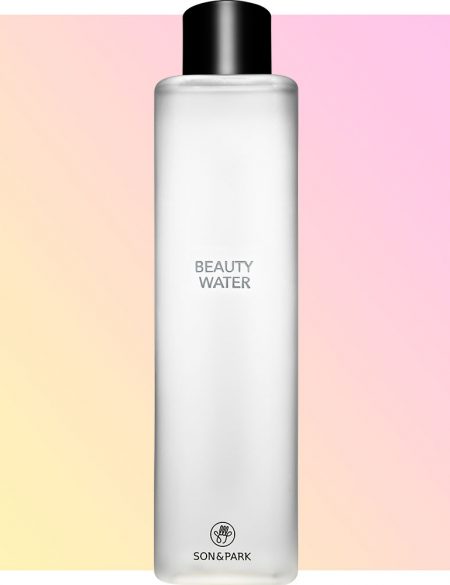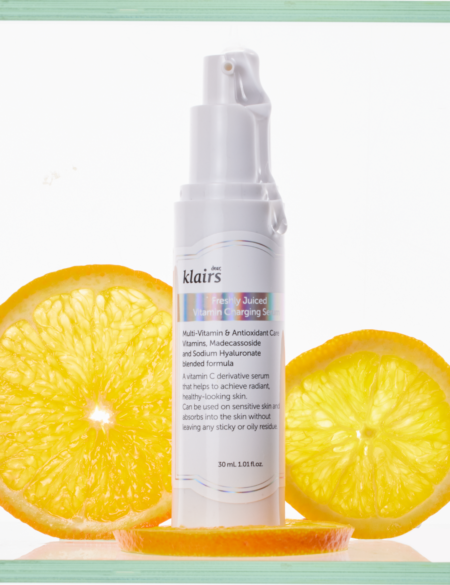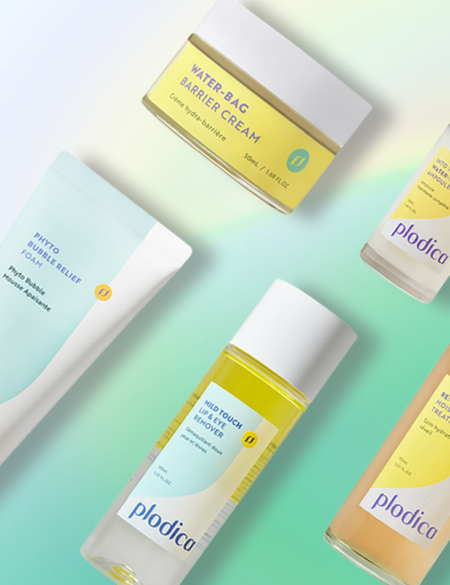We’ve explained what active ingredients are, and how to choose the right one for your top skin concern. Here, we’re delving into the best ages to start considering these ingredients, including retinol, vitamin C, and acids.
We often get questions about what age specific active ingredients should be incorporated into a regimen. For instance, many ask us when they should start using retinol, whether they’re too young to start using vitamin C, or whether they should stop using salicylic acid. To help you figure out when to incorporate what, we created the handy cheat sheet below.
Six Months Old: Sunscreen
Yes, SPF is considered an active and it’s the one non-negotiable skin care ingredient you should be using. According to The American Academy of Pediatrics, it can be incorporated in infancy as early as six months of age, and you should aim for an SPF of 30 to 50.
“I recommend patch testing to check for any reactions before applying over larger areas,” says Dr. Y. Claire Chang, a board-certified cosmetic dermatologist at Union Square Laser Dermatology. “In general, mineral sunscreens have less risk of allergic reactions than chemical sunscreens. It is important to try different brands if an allergic reaction occurs rather than stopping sunscreen use altogether.”
The same is true if you test a product that doesn’t feel cosmetically elegant or that messes with your makeup or skin care regimen. We promise there’s a great SPF out there for everyone. Check out some of our favorites here.
Teens: Salicylic Acid
While Dr. Chang tells us there’s no correct time to start or stop using salicylic acid, it’s an excellent ingredient for oily or acne-prone skin types, which are more common in teenage years.
“Salicylic acid is a beta-hydroxy acid (BHA) that exfoliates the top layers of the skin by loosening the bonds between skin cells,” explains Dr. Chang. “It works to exfoliate and brighten skin complexion, as well as de-clog pores to prevent blackheads, whiteheads, and subsequent acne breakouts. It can also diminish acne blemishes. Teenagers may start using salicylic acid to help with teenage acne while adults may use it to help improve dull complexion.”
You’ll notice that many skin care products targeted for teenagers contain salicylic acid, and these formulations are often too strong for adults. As we age, we naturally produce less sebum and also have a more compromised skin barrier, so if you’re 20+ opt for gentle formulations (like the Benton Aloe BHA Skin Toner) and spot treatments if you wish to use salicylic acid.
Teens: Benzoyl Peroxide
Like salicylic acid, benzoyl peroxide is primarily used to treat acne which makes it a good ingredient to incorporate in your teenage years. You can continue using it as long as you’re dealing with acne, which many people experience far into adulthood.
“Benzoyl peroxide has both anti-inflammatory and antibacterial properties and can kill key acne-causing bacteria in the skin without inducing bacterial resistance. It also reduces the redness and inflammation caused by acne,” notes Dr. Chang.
She adds that the ingredient is rather potent and can be irritating with side effects including dryness, redness, peeling, and sensitivity. If you find the effects to be severe, it’s best to speak with a dermatologist and find an alternative.
Early 20s: Vitamin C
Your early 20s are a great time to begin using vitamin C, and you should continue using it throughout adulthood. This powerful antioxidant protects your skin from free radicals that can damage skin and expedite signs of aging, including wrinkles, skin laxity, and sunspots. It can also help reverse some of these signs.
RELATED: Everything You Want to Know About Using Vitamin C For Your Skin
There are countless scientific studies that back up vitamin C’s topical benefits, and studies have also found that vitamin C and sunscreen work in tandem with each other to strengthen the other’s protecting properties. For that reason — and because it shields skin from pollutants and the sun’s UV rays — we recommend applying vitamin C in the morning.
20s: Alpha Hydroxy Acids (AHAs)
AHAs are exfoliating ingredients that help resurface the skin and brighten your complexion, making them an ideal ingredient to incorporate as early as your 20s. You can (and should) continue using them through adulthood either as a daily treatment (when in mild form), every-other-day or weekly in over-the-counter applications (depending on strength), or as a monthly or bi-monthly peel performed by a professional.
RELATED: Your Guide to the Most Common Acids Found in Skin Care
You’ll find many different AHAs in skincare products, but the two most common are arguably glycolic acid and lactic acid. “Glycolic acid is a naturally occurring acid from sugar cane and is a go-to for addressing pigment concerns,” says Daniela Castillo, a licensed aesthetician. She explains that it breaks down dead skin cells on the skin’s surface to help reveal brighter skin, reduce hyperpigmentation, and soften fine lines. Lactic acid also helps with the above, with the added benefit of helping skin stay moisturized. You can find them both in the Isntree Clear Skin 8% AHA Essence.
30s and over: Hydroquinone
Technically, hydroquinone can be used by any adult of any age, but it’s often reserved for those who are dealing with severe hyperpigmentation issues. These tend to develop in our 30s and become more severe as we age. The ingredient may be used to treat lingering acne-related redness in older teens and those in their 20s. It should never be used by pregnant woman.
“Hydroquinone is a type of phenol with skin lightening properties that’s used cosmetically to help lighten areas of darkened skin, as in melasma, post-inflammatory hyperpigmentation (PIH), acne blemishing, and sunspots,” says Dr. Chang. “It works by inhibiting tyrosinase, a key enzyme in melanin synthesis, and thereby decreasing melanin pigment production.”
We recommend using this ingredient only if your dermatologist has recommended it since it’s rather potent.
30s and over: Retinol (Vitamin A)
“Retinol is a potent form of vitamin A that comes in different percentages and in different mediums, including serums, oils, and moisturizers,” says Castillo. “As soon as you start to see early signs of aging then you should begin using this ingredient.”
That means you can technically begin using retinol in your mid to late 20s, or, more commonly, your early to mid 30s. If you’re beyond that age and worried it’s too late to start using retinol, we’re here to tell you it’s not too late at all. Retinol essentially exfoliates the skin and generates cell turnover, and it’s been scientifically proven (repeatedly) to not only slow down signs of aging, but to reverse them. Except for SPF, it’s the most highly recommended ingredient by dermatologists.
As Castillo mentioned, retinol comes in varying strengths. You can start with a low percentage and bi-daily use (you can get a small dose of it in The Plant Base Pore N Tightening Essence), then work your way up to everyday use and a higher potency. A dermatologist can also prescribe a higher potency (retinoic acid) product once you’ve outgrown over-the-counter options.
Bottom Line
There aren’t many hard and fast rules when it comes to incorporating actives. When in doubt, let your skin be a guide in what you ought to be using. For instance, if you’re dealing with super oily skin and acne, try salicylic acid. If you start seeing signs of aging, it’s time to pick up retinol. If your skin could use some brightening, reach for an AHA.



